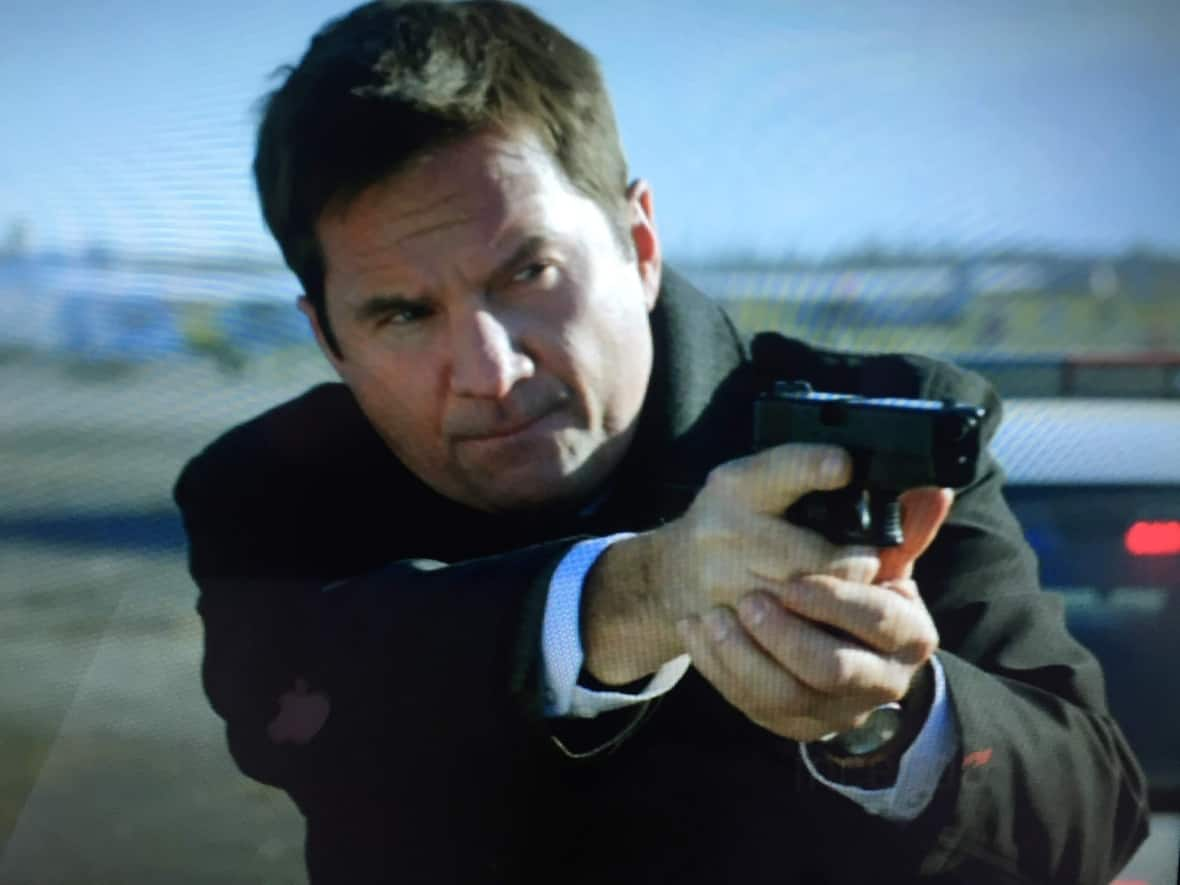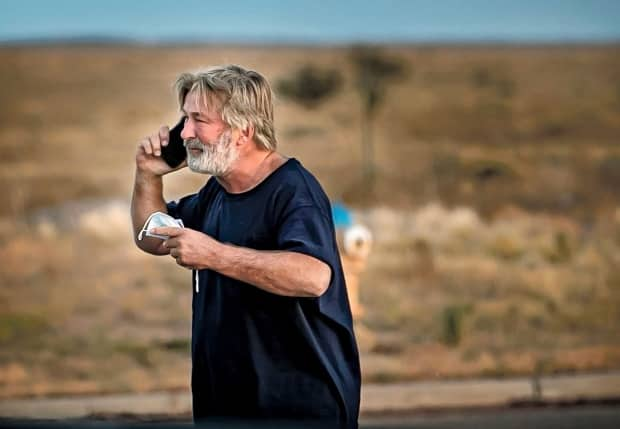Ottawa film industry shaken by death on Alec Baldwin movie set

Ottawa's film and television community is reeling from the shocking death of cinematographer Halyna Hutchins, who officials say was shot by actor Alec Baldwin with a prop gun on the New Mexico set of the movie Rust.
With so many industry-wide safety precautions in place, actors like Robert Bockstael are left wondering how such a tragedy could happen.
The Ottawa-based actor has been involved in plenty of shoot-outs in his 40-year career. As Cpl. Brian Fletcher in the long-running TV series North of 60, he met his demise in a hail of gunfire. Recently, he took part in a firefight on the streets of Carleton Place, Ont., alongside Mel Gibson in the movie The Fatman.
"I think I fired off 500 rounds myself, and there were thousands that were fired off during the course of the movie, which ended with a big shoot 'em up," Bockstael said.
"Not once did I feel unsafe. I always felt cared for and looked after."
The on-set safety protocols included the presence of an armourer, Bockstael said: a weapons specialist who kept the guns under lock-and-key until it was time to go through safety steps with the actors before shooting a scene.
The armourer, he said, would begin by showing the weapon to the actor and then opening up the chamber.
"They show you that those bullets are not real bullets, that they don't have lead at the end, that they are just blanks. Then they close the weapon, and then they carefully hand it to you," said Bockstael.
"Every weapons expert I've worked with in the past four decades has been that meticulous."

Ontario's Ministry of Labour sets out safety guidelines for the use of firearms in film and TV production, and they include the following:
Live ammunition should never be used.
A gun should not be pointed at anyone, including the user, under any circumstances, including those loaded with blank ammunition.
All weapons on a set should be in the care and charge of the designated handler who has valid licences and certification.
Real weapons shouldn't be used where a replica would suffice.
The shooting on the Rust film set could likely have been prevented, said Bruce Harvey, film commissioner at the Ottawa Film Office.
"I'd be surprised if all of the proper procedures were followed," said Harvey.
"It just can't happen when all the proper procedures are followed."
Harvey said he'd like to see real guns removed from the set altogether, as the blanks they shoot can still injure people — sometimes fatally, as in the 1993 death of American actor Brandon Lee.
"The preference is always to use replicas that aren't equipped to fire and to add the sound and the flash in the barrel in post-production." said Harvey.

Hutchins's death on set was an "unbelievably sad and tragic event," said actor Peter Michael Dillon, who has played his share of detectives, FBI agents and tough guys.
In most cases, Dillon said, the guns he toted on screen were the fake kind that Harvey wants to see more of.
"We're using rubber guns, we're not using anything that is considered a live gun or anything that's going to fire a blank." said Dillon.
"With all the precautions we have in place, certainly on the sets I've worked on, I can't see something like this happening."

